Tires are the unsung heroes of every drive, gripping the road beneath us and bearing the weight of countless journeys. Yet, their performance and lifespan hinge on more than just quality and durability—it’s about care and timing. Knowing when to rotate your tires can make the difference between smooth travels and premature wear. But how do you pinpoint that perfect moment? In this article, we’ll explore the signs, the schedules, and the benefits of tire rotation, helping you keep your wheels turning in harmony with the road ahead.
Table of Contents
- Understanding the Importance of Tire Rotation for Vehicle Safety
- Signs Your Tires Are Ready for Rotation
- Optimal Mileage Intervals for Tire Rotation
- How Driving Habits Affect Tire Wear Patterns
- Choosing the Right Tire Rotation Pattern for Your Car
- Professional Versus DIY Tire Rotation: What You Need to Know
- Q&A
- Future Outlook

Understanding the Importance of Tire Rotation for Vehicle Safety
Regular tire rotation is a crucial maintenance task that often goes unnoticed but plays a significant role in ensuring your vehicle’s safety and performance. By systematically changing the position of each tire, you can avoid uneven wear patterns that compromise traction and handling. This practice helps maintain proper tread depth across all tires, enhancing grip on wet or slippery surfaces and reducing the risk of hydroplaning. Ignoring tire rotation can lead to premature tire replacement and, more importantly, unsafe driving conditions caused by diminished tire effectiveness.
Consider the following benefits when planning your tire rotation schedule:
- Balanced tire wear: Extends tire life and optimizes performance.
- Improved fuel efficiency: Even wear reduces rolling resistance.
- Smoother ride quality: Prevents vibrations caused by uneven tires.
| Rotation Pattern | Recommended Interval | Ideal For |
|---|---|---|
| Front-to-Rear | Every 5,000–7,500 miles | Non-directional tires, FWD vehicles |
| Cross Rotation | Every 6,000 miles | All-wheel drive, directional tires |
| Rearward Cross | Every 7,000 miles | RWD vehicles |
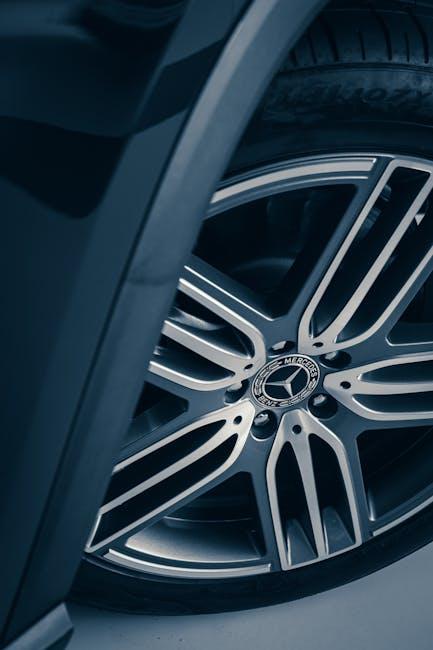
Signs Your Tires Are Ready for Rotation
Spotting when your tires need rotation can save you money and extend their lifespan. One of the most obvious indicators is uneven tread wear. If you notice that the edges of your tires are significantly more worn than the center, or if one tire looks balder than the others, your rotation schedule is overdue. Another subtle sign includes vibrations or pulling while driving, often signaling uneven tire wear affecting your vehicle’s balance. These signs often creep in unnoticed but are crucial for maintaining safe driving conditions.
Checking tread depth regularly using a simple penny or tread gauge can help you stay ahead of tire troubles. Also, if you find yourself frequently adjusting your steering to keep the vehicle centered, it could be a clear sign that the tires’ grip varies across the axles. Here’s a quick reference table to help you identify common wear patterns and what they might mean:
| Wear Pattern | Possible Cause | Action |
|---|---|---|
| Outer edge wear | Under-inflation | Rotate and check pressure |
| Center tread wear | Over-inflation | Adjust pressure, rotate |
| One side wear | Alignment issues | Get alignment, rotate tires |
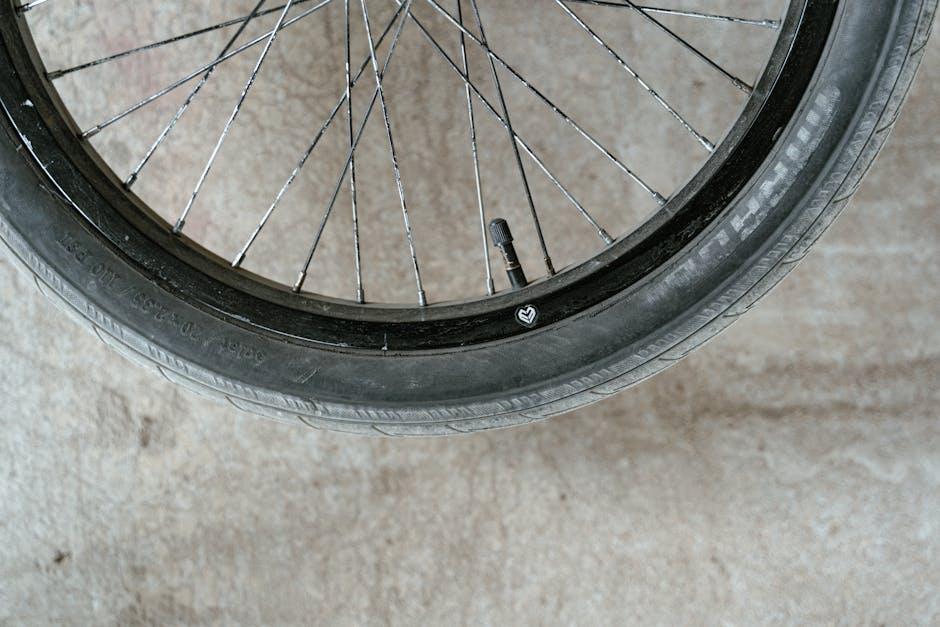
Optimal Mileage Intervals for Tire Rotation
Maintaining the health of your tires involves adhering to specific mileage intervals to ensure even tread wear and maximize their lifespan. Most automotive experts recommend rotating tires every 5,000 to 7,500 miles, though this range can vary based on your vehicle type and driving habits. Regularly scheduled rotations help balance tire wear, particularly important for vehicles with front-wheel drive where the front tires endure more stress. Ignoring these intervals can lead to uneven tread wear, compromising traction and safety.
To tailor tire rotation intervals to your needs, consider these factors:
- Vehicle type: Front-wheel drive, rear-wheel drive, and all-wheel drive vehicles all have distinct tread wear patterns.
- Driving conditions: Frequent city driving or rough terrain can accelerate wear.
- Manufacturer recommendations: Always consult your owner’s manual for optimal guidance.
| Mileage Interval | Rotation Pattern | Ideal for |
|---|---|---|
| 5,000 – 7,000 miles | Front-to-back | Passenger cars, Light trucks |
| 7,500 – 10,000 miles | X-pattern or Rearward diagonal | All-wheel drive vehicles |
| Varies (check manual) | Manufacturer-specific | Luxury and performance cars |
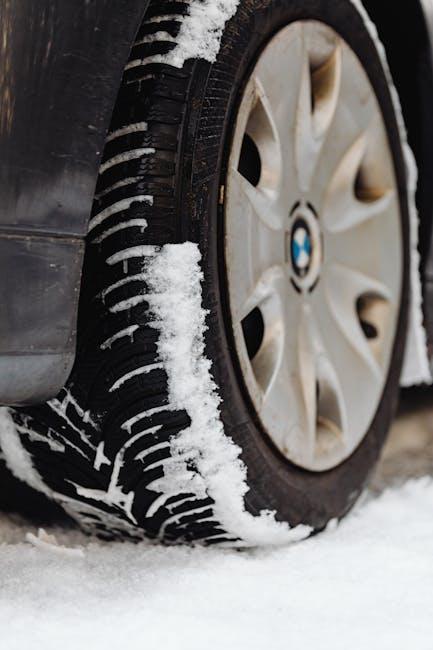
How Driving Habits Affect Tire Wear Patterns
Every driver unknowingly leaves a unique signature on their tires. Aggressive acceleration, frequent hard braking, and sharp cornering all contribute to uneven wear. For instance, rapid starts can lead to more wear on the rear tires, while aggressive braking tends to wear down the front tires faster. Additionally, consistently taking corners at high speeds increases wear on the outer edges of the tires. Understanding these patterns can help you anticipate when your tires might need attention before they become a safety hazard.
Typical driving habits that influence tire wear:
- City Driving: Frequent stops and starts cause more wear on the front tires due to braking.
- Highway Driving: Constant speeds often lead to smoother, more even tire wear.
- Aggressive Driving: Sharp turns and quick accelerations increase wear on tire edges.
- Heavy Loads: Carrying extra weight can put more pressure on tires, accelerating tread wear.
| Driving Habit | Common Wear Pattern |
|---|---|
| Hard Braking | Front tire tread wears faster |
| Fast Cornering | Outer edges wear out quickly |
| Uneven Loads | One side wears more than the other |
| Constant Speed | Even tread wear |
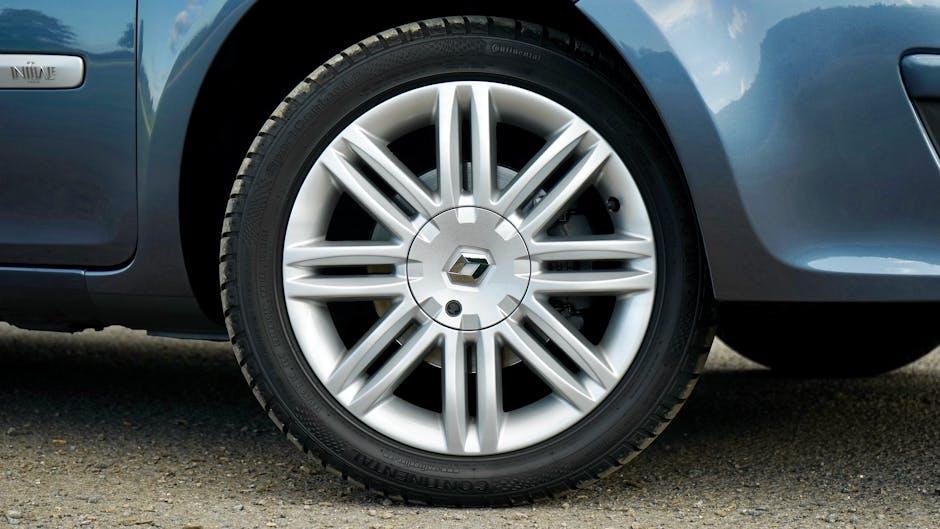
Choosing the Right Tire Rotation Pattern for Your Car
Understanding the best tire rotation pattern for your vehicle can enhance tire longevity and improve overall performance. Front-wheel drive cars, for example, benefit most from the forward cross pattern, where the front tires move to the rear on the same side and the rear tires cross to the front. Meanwhile, rear-wheel and four-wheel drive vehicles often require the rearward cross pattern, which reverses this logic for balanced wear. For vehicles equipped with directional tires or staggered wheel sizes, the side-to-side pattern or avoiding rotation altogether may be necessary, preserving tire integrity and safety.
When selecting your rotation pattern, also consider factors such as tire type, tread wear, and driving habits. Regularly inspecting your tires and adapting the rotation schedule to seasonal changes or unusual mileage can prevent premature wear zones. Below is a simple guide to help you match your drivetrain with the ideal rotation pattern:
| Drivetrain Type | Recommended Rotation Pattern |
|---|---|
| Front-Wheel Drive (FWD) | Forward Cross |
| Rear-Wheel Drive (RWD) | Rearward Cross |
| Four-Wheel Drive (4WD) / All-Wheel Drive (AWD) | Rearward Cross or X-Pattern |
| Directional Tires | Front-to-Rear |
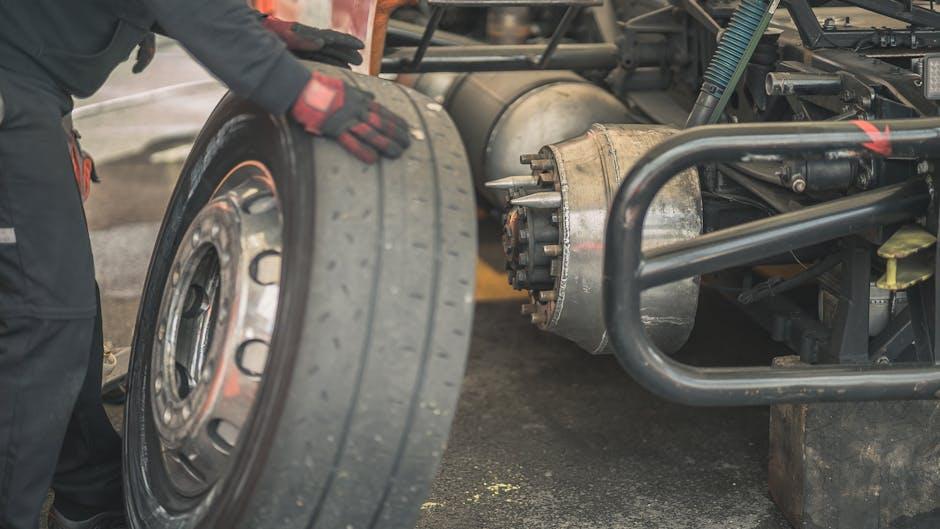
Professional Versus DIY Tire Rotation: What You Need to Know
Deciding between professional and DIY tire rotation methods hinges on several key factors. While professional services provide the convenience of expert precision—with technicians using specialized equipment ensuring each tire is rotated according to manufacturer specifications—DIY rotations offer affordability and a hands-on approach. For those confident in their mechanical skills, rotating tires at home with a quality jack and tire iron can save money. However, mistakes like improper tightening or incorrect pattern rotations may lead to uneven tire wear, negating the benefits.
Key considerations for each method include:
- Professional Rotation: Time-saving, expert handling, potential for vehicle inspection.
- DIY Rotation: Cost-effective, flexible scheduling, requires knowledge and tools.
| Factor | Professional | DIY |
|---|---|---|
| Cost | Higher | Lower |
| Skill Required | Minimal | Moderate to High |
| Time Investment | Short | Longer |
| Risk of Errors | Low | Medium to High |
Q&A
Q: Why is tire rotation important?
A: Tire rotation helps ensure even tread wear on all tires. Because front and rear tires wear differently due to weight distribution and driving patterns, rotating them regularly extends tire life, improves performance, and enhances safety.
Q: How often should I rotate my tires?
A: Most automakers recommend rotating tires every 5,000 to 7,500 miles. However, it’s best to check your vehicle’s owner’s manual for specific guidance tailored to your car and driving habits.
Q: What happens if I don’t rotate my tires?
A: Skipping rotations can lead to uneven tire wear. This may cause poorer handling, reduced gas mileage, and ultimately, the need to replace tires sooner — costing you more in the long run.
Q: Is tire rotation something I can do myself?
A: If you have the right tools, knowledge, and a safe workspace, you can rotate your own tires. However, many prefer professional service to ensure proper technique and alignment checks.
Q: Are front-wheel drive and rear-wheel drive cars rotated differently?
A: Yes! Front-wheel drive vehicles often require a different rotation pattern compared to rear-wheel or all-wheel drive vehicles because of the distinct ways tires wear in each system.
Q: Can tire rotation improve fuel efficiency?
A: Indirectly, yes. Evenly worn tires maintain proper traction and rolling resistance, which can contribute to better fuel economy over time.
Q: What signs indicate it’s time to rotate my tires?
A: Uneven tread wear, vibration while driving, or your car pulling to one side could be signs. But sticking to a regular rotation schedule is the safest bet to avoid problems.
Q: Is tire rotation necessary for all tire types?
A: Generally, yes. Whether you have all-season, performance, or winter tires, rotating them helps maintain balanced wear. Some directional tires have rotation limitations, so consult your tire’s specifications.
Q: Can rotating tires fix alignment issues?
A: No, tire rotation doesn’t correct misalignment, but it can reveal alignment problems sooner by highlighting uneven wear patterns. If alignment issues exist, they should be addressed separately.
Future Outlook
Knowing when to rotate your tires is more than a maintenance task—it’s a crucial step in extending the life of your tires and ensuring a safer, smoother ride. By keeping an eye on your vehicle’s specific rotation schedule, you not only protect your investment but also enhance overall performance. So, whether you’re hitting the highway or navigating city streets, timely tire rotation can keep you rolling farther, safer, and with confidence. Remember, a little attention today can save you from bigger troubles down the road.

